Our History
(This is a limited history of the Association across Kent and Sussex - if you have any more information or would like to contribute in regard to other areas of the region please contact us)
In Kent and Sussex, Associations of Baptists date from mid-17th century and were of two kinds: General (mainly immigrant Anabaptists from Europe) and Particular (mostly native born). Variously described as Protestants, Separatists and Puritans, they all shared a strong focus on the Bible and a commitment to Reform from outside the Established Church at a time of intense persecution, enduring a life of fear and suffering for thirty years in their struggle to establish a church on the New Testament pattern with repentance and faith as their watchwords. Many were baptised as believers and the two streams lived side by side with some contacts and mutual respect prior to uniting in 1891.
Baptist Churches in Association
One by-product was that whereas in 1640 recognisable churches were few and far between by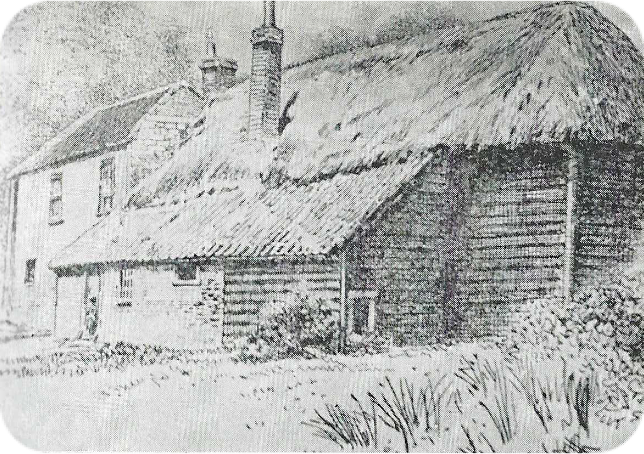 1660 most of the larger centres of population in Sussex had one beginning with Eythorne (an Amalgamation of eleven independent Baptist groups c1653), followed by Ashford (three groups ) about the same time. Meanwhile Kent had a fairly well-established Association of Baptist Churches and despite the passing of time and variations in churchmanship, both counties were content by 1835 to describe themselves as ‘evangelical churches practising believer’s baptism’.
1660 most of the larger centres of population in Sussex had one beginning with Eythorne (an Amalgamation of eleven independent Baptist groups c1653), followed by Ashford (three groups ) about the same time. Meanwhile Kent had a fairly well-established Association of Baptist Churches and despite the passing of time and variations in churchmanship, both counties were content by 1835 to describe themselves as ‘evangelical churches practising believer’s baptism’.
Church extension continued apace and by the end of the 19th century many towns had established Baptist churches, including Bexhill, Broadstairs, Dover, Folkstone, Hastings, Horsham, Lewes, Maidstone, Ramsgate, Rye and Sevenoaks.
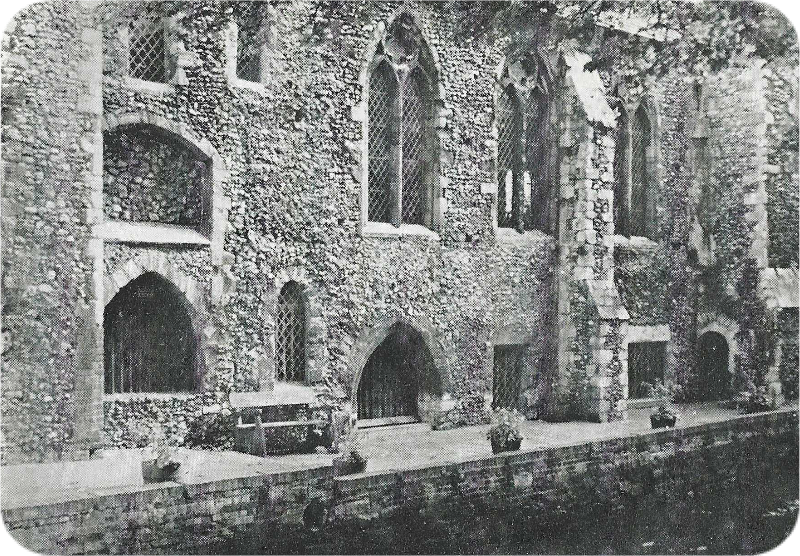 Though each Baptist group (or church) was an independent and self-contained unit, General Baptists were Connexionalists rather than Independents, co-operation was natural and any concept of ‘Independency’ as a principle of Baptist churchmanship was a later development. They were, however, hardly recognisable churches as we know them today. With no buildings they met mostly in homes, sheds or barns, or in the case of Canterbury in the Black Friar’s Refectory for a couple of centuries (1695-1891).
Though each Baptist group (or church) was an independent and self-contained unit, General Baptists were Connexionalists rather than Independents, co-operation was natural and any concept of ‘Independency’ as a principle of Baptist churchmanship was a later development. They were, however, hardly recognisable churches as we know them today. With no buildings they met mostly in homes, sheds or barns, or in the case of Canterbury in the Black Friar’s Refectory for a couple of centuries (1695-1891).
Leaders and Ministers
Leaders were essentially lay, with limited education and leadership qualities. Ministers (mostly self-taught) depended on some other (paid) emolument to enable them to live, coping with church work, such as visitation and pastoral duties, in the evening.
‘Ministry’ emerged gradually as a threefold Order: Messengers (officials of the Church akin to the New Testament Apostles and sometimes regarded as forerunners (or prototypes) of the Superintendents created in 1916 (when the country was divided into ten areas, each with a Superintendent who exercised a kind of ‘roaming ministry of encouragement’ without control), Elders and Deacons (officers of the local congregation) and Ministers (preachers).
Formal Ministerial Training and Recognition developed over time. Kent had a Ministerial Training Programme in 1704 but ministerial training for young ministers only came on to the agenda in 1790 followed by a plan in 1796. Planned and professional Ministerial Training on a firmer foundation came with the arrival of the Baptist Colleges (Bristol, 1679, Rawdon, 1804, Regents ,1810, Manchester, 1872, and Spurgeons, 1856), followed by a programme of training and Ministerial Recognition thanks to the 20th Century Fund along with ten Areas and Superintendents (regarded by some as the natural successors of the early ‘Messengers’).
Church Growth
Membership numbers to begin with were of course small but churches sprang up all over the two counties in the 19th-20th centuries, the predominant driving force being that of Charles Haddon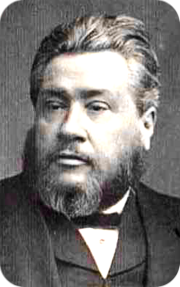 Spurgeon who not only trained 900 men for ministry between 1834-92 but also exercised a considerable influence over all the churches of Kent and Sussex, eleven of which owed their existence to Spurgeon’s initiative and drive.
Spurgeon who not only trained 900 men for ministry between 1834-92 but also exercised a considerable influence over all the churches of Kent and Sussex, eleven of which owed their existence to Spurgeon’s initiative and drive.
In 1870, for example, Spurgeon sent one of his students to Eastbourne to explore the possibility of establishing a Baptist Church. Thus began Ceylon Place with 12 members, which in due course nurtured a small Baptist group to became an independent Baptist church and went on to build the one in Victoria Drive in 1926,
In 1878 he sent another student to Worthing, meeting his expenses for six months. Thus began Christchurch Road which went on to accept oversight of Small Dole, Arundel and West Tarring and under the ministry of Hubert Janisch (1944-70) came to be regarded as ‘the Mother Church’ for Worthing and District, with a Monthly Newsletter which included a column for each ‘daughter church’ in Worthing well into the 1970s.
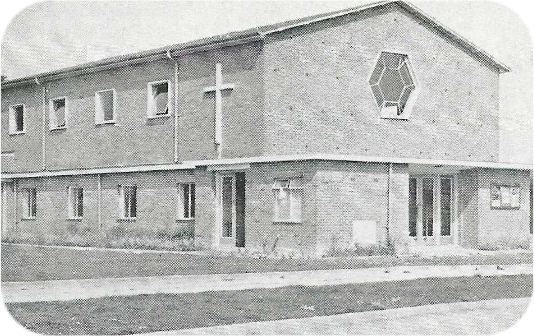 Apart from the normal causes of growth (evangelism, mission, campaigns, and personal recommendation), demographic factors should not be overlooked. Post WW2 the 50s and 60s saw a mass exodus of people from London moving to the South Coast and Sussex in particular might be said to have had more than its fair share, but it proved a boon for some of the churches since many of the migrants were early retired, educated and professional, looking for a new sphere of activity — and Baptists.
Apart from the normal causes of growth (evangelism, mission, campaigns, and personal recommendation), demographic factors should not be overlooked. Post WW2 the 50s and 60s saw a mass exodus of people from London moving to the South Coast and Sussex in particular might be said to have had more than its fair share, but it proved a boon for some of the churches since many of the migrants were early retired, educated and professional, looking for a new sphere of activity — and Baptists.
Crawley (above), for example, established in 1883, saw rapid growth with the post war development of the town and the expansion of Gatwick, leading to a new building in 1954.
Likewise, Findon Valley (right), established in 1940 in response to Worthing‘s growing population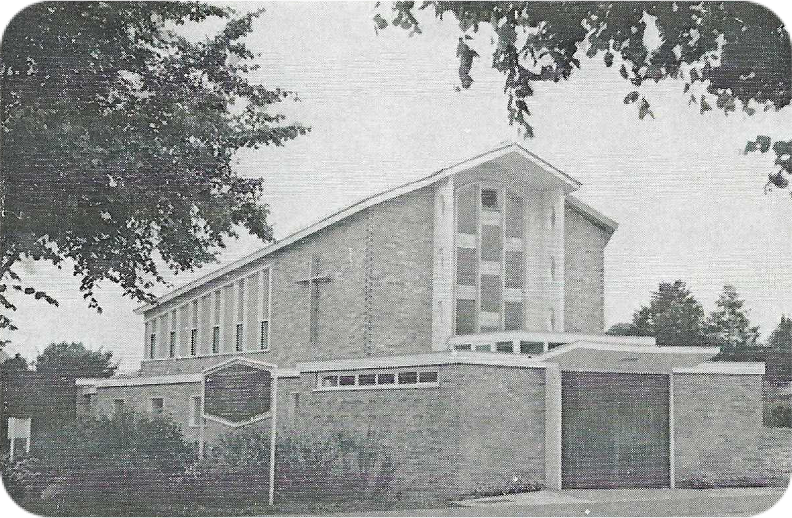 (from which Broadwater and West Worthing also benefitted) spread up the Valley called for a new building in 1958 under the ministry of Henry Bonser, retired North East Area Superintendent, with an imaginative and refreshing approach to church architecture, both internal and external.
(from which Broadwater and West Worthing also benefitted) spread up the Valley called for a new building in 1958 under the ministry of Henry Bonser, retired North East Area Superintendent, with an imaginative and refreshing approach to church architecture, both internal and external.
The Winds of Change
At Association level, by the mid-20th Century there were those who took the view that with vast population growth and church expansion Kent and Sussex had become unwieldy. For one Superintendent to cover the Area was not unreasonable but any idea of an ‘association’ between a couple of hundred churches spread from East Kent to West Sussex was unrealistic and a planned division was agreed and arranged. By the end of the century, however, the wind had changed and the tide which came in had ceased to flow and in some parts of the country was beginning to ebb, so after wide consultation and deliberation a national plan re-jigged the Areas, the Superintendency was replaced by Regional Ministers (some would say closer to the ‘Messengers’) and K&S (Kent and Sussex) became part of SEBA (South Eastern Baptist Association).
General Superintendents
Rev T Woodhouse 1915-30
Rev S G Morris 1931-34
Rev H H Sutton 1934-46
Rev W D Jackson 1946-54
Rev H V Larcombe 1954-60
Rev V C Evans 1961-77
Rev W C R Hancock 1977-81
Rev G G Reynolds 1981-85
Rev P H K Tongeman 1986-94
Rev David L Taylor 1994-01
Principal resource, including photos, Frank Buffard, 'Kent and Sussex Baptist Asssociations'